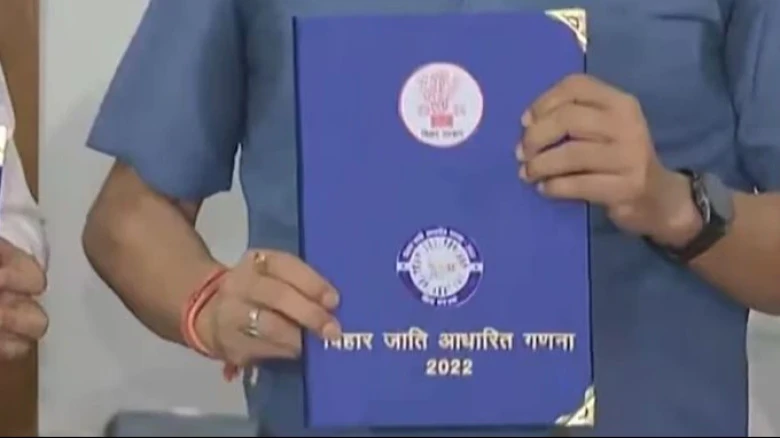Regional

According to the report presented by Finance Minister Vijay Kumar Chaudhary, a staggering 34.1% of households in Bihar earn less than Rs. 6,000 per month, classifying them as...
Digital Desk: The Bihar government, led by Chief Minister Nitish Kumar, recently unveiled shocking findings from the state's caste survey, shedding light on the economic disparities and educational levels among various communities. The survey, tabled in the state assembly on Tuesday, highlighted that a significant proportion of Bihar's population continues to grapple with poverty, with more than 50 lakh Biharis seeking opportunities beyond the state's borders.
According to the report presented by Finance Minister Vijay Kumar Chaudhary, a staggering 34.1% of households in Bihar earn less than Rs. 6,000 per month, classifying them as living in poverty. This revelation underscores the pressing need for economic upliftment in one of India's most populous states.
The caste survey also delved into the economic condition of 215 Scheduled Tribes, Scheduled Castes, Backward Classes, and Extremely Backward Classes. The results showed that approximately 42% of people from Scheduled Castes and Scheduled Tribes, 33% from Backward Classes, and 25% from General Castes in Bihar are living in poverty.
Also Read : Aligarh to be renamed Harigarh? Municipal Corporation Passes Proposal
The education landscape in Bihar appears equally challenging, as the survey indicates that only 7% of the state's population has attained a graduation-level education. A significant 22.67% of Bihar's residents have only completed studies up to class 5, while 14.33% have education from classes 6 to 8. Additionally, 14.71% of the population has completed their studies up to Class 10, and 9.19% have education up to Class 12.
These findings have raised concerns about the state's ability to provide quality education and employment opportunities to its citizens, ultimately affecting their quality of life and economic prospects.
The first tranche of the caste census report was released on October 2, offering insights into various socio-economic factors impacting the people of Bihar, such as average income and educational qualifications.
However, the Bharatiya Janata Party (BJP) has raised doubts about the accuracy and neutrality of the survey results. They have alleged that the Bihar government manipulated the numbers for political advantage, inflating the figures for certain castes and reducing them for others. Union Home Minister Amit Shah, in particular, claimed that the numbers of Yadavs and Muslims were inflated in the caste survey.
In response, Bihar Deputy Chief Minister and leader of the Rashtriya Janata Dal (RJD), Tejashwi Yadav, questioned the basis of these allegations. He emphasized that the data was derived scientifically and challenged those disputing it to provide evidence supporting their claims.
Amidst the growing controversy surrounding the caste survey, BJP MLAs staged a protest outside the Bihar Assembly, citing concerns over various issues, including the caste survey report and the use of water cannons, by protesting Anganwadi workers outside the assembly premises.
The Bihar government now faces the challenge of addressing the concerns raised by opposition parties while ensuring that the findings of the caste survey guide meaningful policy interventions to uplift marginalized communities and improve overall socio-economic conditions in the state.
Leave A Comment